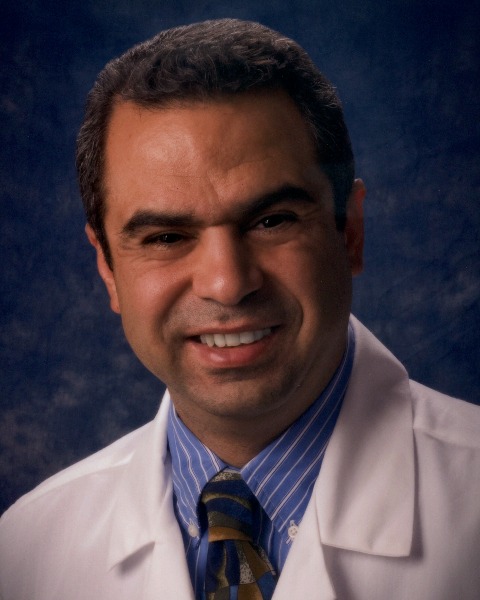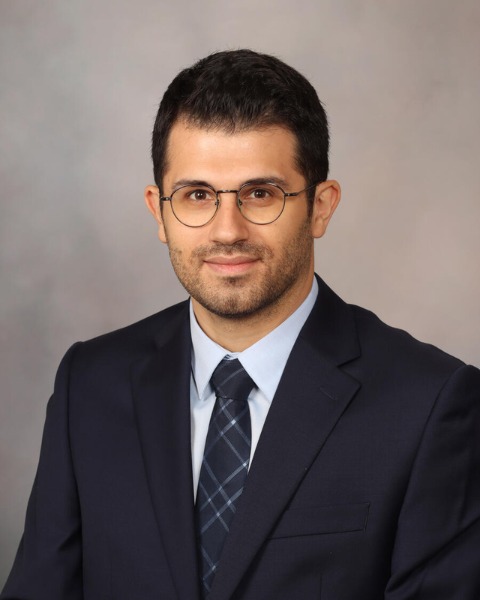SIR 2025
Venous Interventions
Traditional Poster
124 - Endovascular Laser Venous Ablation for Spermatic and Ovarian Venous Insufficiency in Male Varicocele and Female Pelvic Congestion Syndrome: A 10-Year Follow-Up Study

Abbas Chamsuddin, MD, FSIR (he/him/his)
Professor
St George University of Beirut, United States
Gerard El Hajj, MD, MS
Research Fellow
Mayo Clinic, United States- RA
Raja Ashou, MD
Associate Professor
St George University Hospital of Beirut, Lebanon
Author/Co-author(s)
Poster Presenter(s)
Author/Co-author(s)
Materials and Methods:
Between February 2009 and July 2012, eleven patients (9 males and 2 females) with a mean age of 18.5 years (range: 11–31 years) underwent endovascular treatment using a 980 nm laser fiber system to ablate refluxing spermatic or ovarian veins. Access was achieved via right internal jugular vein puncture in all patients.
Patients were initially followed at 6-month intervals for 2 years, then annually up to July 2024.
Results:
Procedural success was achieved in all 11 patients. The most common post-procedural complaint was moderate to severe flank or back pain, more pronounced in female patients (lasting up to 6 days) compared to male patients (lasting 24–48 hours). Complete resolution of pelvic congestion syndrome symptoms occurred within one month in female patients. Male patients showed progressive regression of varicocele, with complete resolution averaging 2.2 months (range: 3 weeks to 4 months). No ureteral, arterial, or venous injuries were observed. The mean procedure duration was 1 hour (range: 30 minutes to 2 hours).
One female patient was lost to follow-up 2 years post-procedure but remained asymptomatic until that time. The other female patient remained asymptomatic and free of pelvic pain at the 10-year follow-up.
Initial symptoms of testicular pain, heaviness, and cramps in male patients resolved within 2–6 months (mean: 3.1 months). Four male patients presenting with primary infertility achieved conception within 2 years post-procedure. All 9 male patients remained asymptomatic at the 10-year follow-up.
No procedure-related complications were reported during the 10-year follow-up period.
Conclusion: Endovascular laser venous ablation is a safe and effective minimally invasive treatment for spermatic and ovarian venous insufficiency, providing sustained symptom relief over a 10-year period in patients with male varicocele and female pelvic congestion syndrome.
Note: Initial results of this study were presented at the 2013 Society of Interventional Radiology Annual Scientific Meeting in New Orleans, LA, USA.


.jpg)